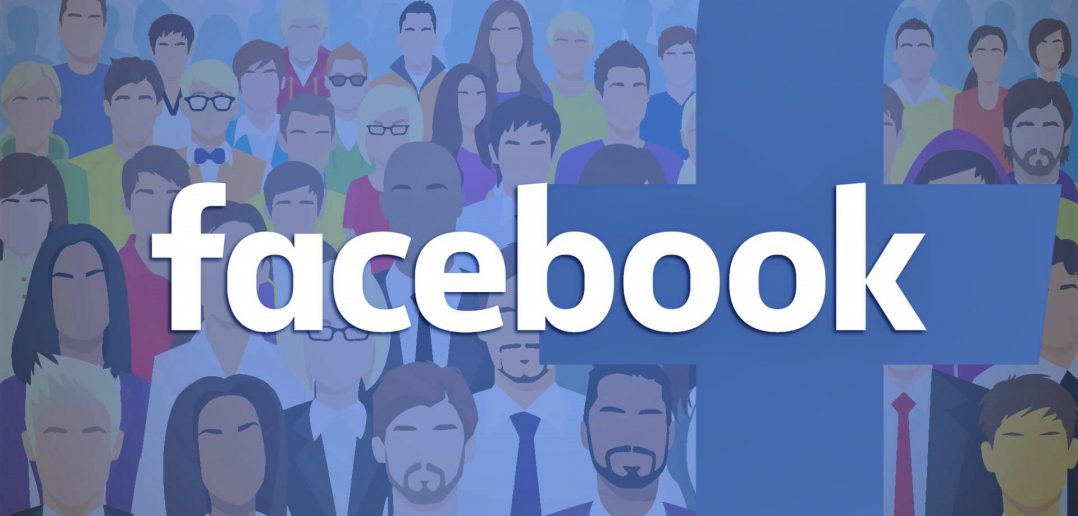With 2.74 billion monthly active users, understanding Facebook demographics is key to creating a successful social marketing strategy. If you have plans to use Facebook to boost sales, or break into new markets, it’s vital to stay on top of the latest Facebook user demographics. Here are the latest and greatest stats.
Facebook has more than 2.74 billion monthly active users.
Facebook’s latest figures show more than 2.74 billion users — that’s an increase of 12%, year over year. (And, fun fact, more than the entire population of India and China combined.) On a daily basis, there are more than 1.82 million people active on Facebook. That figure is also up from 2019, marking a 12% year-over-year increase.
Facebook’s ad revenues grew 22% year-over-year.
Between July and September in 2020, Facebook says its advertising growth rate was up 22% from the previous year. It’s a reflection of how the platform has thrived during a time of increased online interaction. Forecasts suggest growth will remain steady in 2021.
Facebook is used by people of all ages.
Some social media networks tend to be popular with specific age groups. Facebook has a fairly even spread of users across most age groups. For example, 24% of Facebook’s advertising audience is in the 18-24 range, and 10.4% are in the 45-54 range.

Seniors are the smallest, but fastest growing Facebook age demographic.
Across all social media channels, signups tend to drop off with age. That’s true on Facebook, too. People over the age of 55 are less likely to be on Facebook than younger generations. But seniors also happen to be the fastest growing age demographic on the site. Currently, users 55 and older make up over 10% of Facebook’s advertising audience. When it comes to Facebook age demographics, this trend will likely increase as the middle-aged population ages into the senior sector.
Globally, more men use Facebook than women.
A study of global Facebook users from Statista shows that 56% of Facebook users over the age of 13 are male. Male users between the ages of 25 and 34 years old are the biggest demographic on the platform overall.

In the U.S., however, women are the bigger user demographic.
The majority of Facebook’s audience is based outside of the U.S.
U.S. and Canada combined make up just 10% of Facebook’s daily active users. Europe, meanwhile, clocks in at around 40%, with the majority coming from elsewhere in the world.
User growth in Europe bounced back in 2019.
Facebook lost more than a million European users amid the 2018 privacy scandals, dropping from 376 to 375 million monthly active users over a three-month period. In 2020, it jumped even higher: the company counted 410 million monthly active European users in the second quarter of the year.
Asia-Pacific is Facebook’s most active region.
Around 42% of Facebook’s monthly users can be found in the Asia-Pacific region. On a daily basis, the region is home to 39% of Facebook’s active users.

India boasts Facebook’s largest advertising audience.
With a reach of 260 million people, India is home to the biggest audience for Facebook advertisers (at least in terms of reach). It’s followed by the United States, where advertisers can reach 180 million people. In third place is Indonesia with a reach of 130 million.

India, Indonesia, and the Philippines are Facebook’s fastest growing regions.
The greatest audience increase this past year came from Indonesia (up 10 million users), followed by Bangladesh, Mexico, and the Philippines, which each grew by two million. One of the reasons Facebook gives for the accelerated growth is that digital adoption is spreading rapidly in these regions.
Half of Facebook users speak a language other than English.
While English-language users account for 56% of the audience, more than 50% of the social network’s 2.7 billion users speak a non-English language. If you know what languages your audience speaks, you can either rely on the Facebook Translate tool, or try Facebook’s language optimization ad feature. It may also be worthwhile to create multiple Facebook pages for different languages.
More than a quarter of people feel Facebook does not classify them correctly.
Advertisers can target people based on everything from age and location. Facebook also adds other identifiers based on user data and behaviour to help marketers target ads. Anyone can see what categories Facebook puts them in on the Your ad preferences page. But not everyone thinks Facebook gets it right.
According to a Pew Research Center survey, 27% of people think they are not accurately represented by Facebook’s classifications. On the flip side, 59% of users think classifications are “very accurate.”
Right or wrong, about half of Facebook users are not comfortable with how they are categorized. Keep this in mind when targeting your next Facebook ad campaign.
People love to scroll Facebook on their lunch break.
The most recent stats about consumer Facebook behavior revealed that the best time to post on Facebook is noon EST on Monday, Tuesday, or Wednesday — a little lunchtime check-in, if you will.

